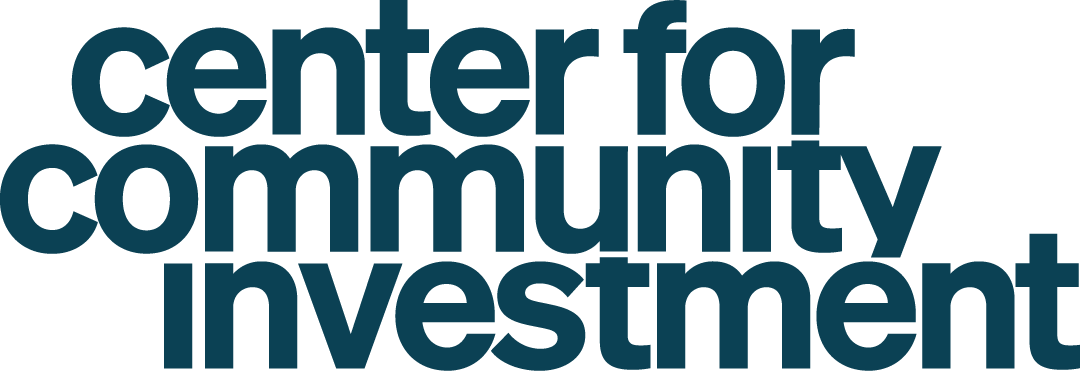Tell us a little bit about your background, and how you ended up in your role at Amalgamated Bank.
I’m originally from the US-Mexico border at the intersection of two cultures in El Paso, Texas. The border area can be a contradiction as it is historically disinvested but also offers opportunity to a large immigrant population escaping poverty. My parents were from a rural part of Mexico and at most received a sixth-grade education. Like many immigrants, their focus was to make sure their children had more opportunities than they did. Growing up, they wanted us to focus on our education and achieve great things. I draw from my parents’ drive, ambition, experience, and commitment in everything I’ve ever done. Through a combination of perhaps luck and hard work, I got into the Massachusetts Institute of Technology, a prestigious school for a first-generation student. After college, I started in tech consulting but was always drawn toward work with a social impact volunteering on my spare time. I was unaware of the community development sector until graduate school at Georgetown University. During a summer internship at Citibank, I learned about the Community Reinvestment Act and that banks have an obligation to invest in communities. I learned about the different tools that banks use to invest in community development projects. I joined the Nonprofit Finance Fund, a national CDFI, to get more experience on the ground, and it opened my eyes to the amount of work that organizations and communities put into visioning, capital raising, and planning for a real estate project. The process involves partnering and negotiating with city officials and different communities.
Amalgamated Bank is a socially responsible bank, so this focus is threaded into every aspect of the bank. It doesn’t carve out community development as something on the side that it’s obligated to do. We lend directly to nonprofits and CDFIs. It’s a 100-year-old bank with a history of serving unions and immigrant women, evolving to more intentionally invest in communities. My role is to build a strategy and an internal structure within the bank that will support the community development investment strategy.
Describe the community you work with. What challenge have you chosen to focus on during the fellowship?
My challenge is unique because I’m not anchoring an initiative in a specific city. Amalgamated Bank is a national bank with a presence in Washington, D.C., New York, and San Francisco. So in some ways my community is the CDFI sector. Oftentimes, initiatives are driven by CDFIs. They’re called upon to drive transactions and capital project initiatives in different cities. The sector is evolving to take into consideration the broader impact of a transaction in the context of its community. It’s important to me that CDFIs are looking at deals from more than just a transactional perspective. I’d like to see the Bank’s investment strategy in community development organizations and intermediaries take into account how to make these institutions healthier and more adept at meeting the communities intended outcome, be it through debt investment, advising, or otherwise. Amalgamated Bank is very committed to climate justice, the new worker economy, and supporting communities of working people. Climate justice hasn’t always been a thread in CDFI investments. My goal is to align the issues that we prioritize at the bank with CDFI investment priorities. I’m developing an investment strategy while also building the bank’s internal capacity to understand the CDFI sector and its needs to better position and support the sector.
Tell us a little bit about what you’ve learned throughout the program. What has had the most impact on your professional and personal development?
The program’s focus on personal development has had a strong impact. I’ve done work to better understand my personality, how I process information, and how to work with other individuals who themselves have different personalities and needs. Through the work we’ve done on casemaking, I’ve developed a better understanding of what motivates others and how to articulate a shared benefit, which I’ve directly applied to the case I’m making for investing in CDFIs.
I find the adaptive leadership readings helpful because my work right now involves working with people that are going through change and change often creates a feeling of loss. How I communicate will also affect my ability to establish credibility in a new role. Going through that transition has been hard, but with the support of the fellowship, I’ve been able to break down a plan into smaller pieces that will achieve something significant.
How has your systems orientation changed as a result of Fulcrum Fellows? How does this show up in your work?
At a bank, there is a very specific system that exists around investment and a lot of it is based on a financial return. There are systemic biases that I’ve observed in terms of understanding investments in community development that I’ve had to debunk. Challenging those perceptions isn’t always easy. I’m working on a white paper with the credit team that I will use as a tool to influence the perception of risk within the bank.
What most excites you looking ahead to the rest of the year?
I’m excited about the opportunity to be more creative. Amalgamated Bank has an opportunity to take different approaches that other banks might not be able to take given our focus on social responsibility. I have more confidence to take risks now that I’m equipped with the tools and coaching I’ve received through the fellowship. I expect that I’m going to start seeing some of the fruits of this work in October. I’m hoping I’ll see a big shift at that time and throughout the rest of the year.
